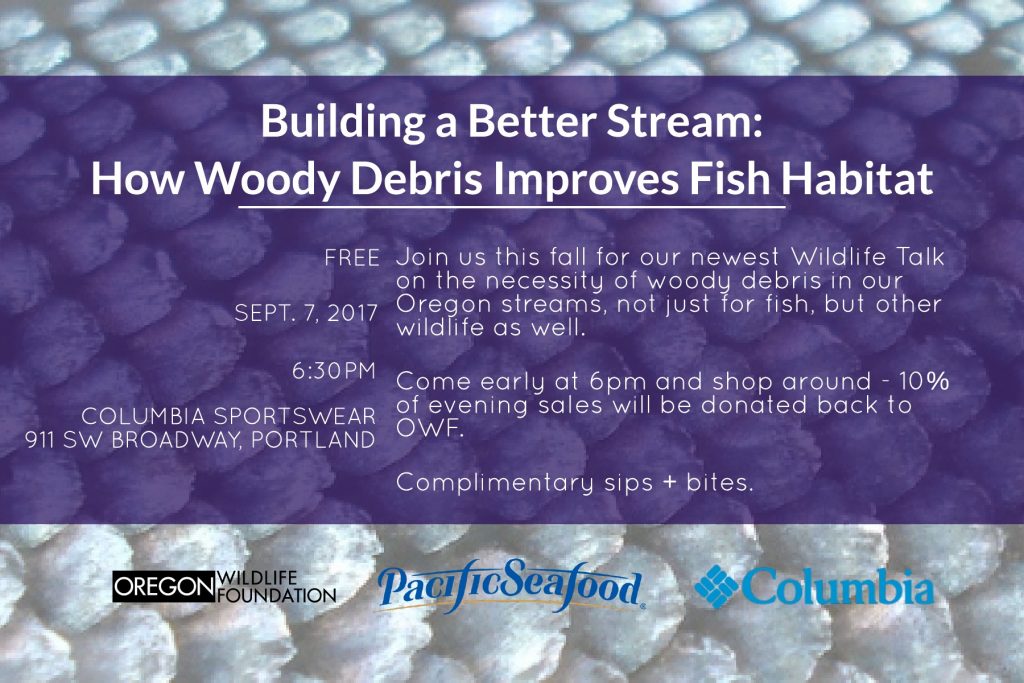November 16, 2018 — The Oregon Department of Fish and Wildlife’s plan to remove problem California sea lions from the Willamette River Falls using lethal force has been approved by the National Marine Fisheries Service.
The sea lions are protected by the Marine Mammal Protection act, but the federal agency approved the plan because the pinnipeds have put runs of salmon and steelhead in the river in jeopardy of extinction.
ODFW filed the application because analyses showed that high levels of predation by sea lions (25 percent of the steelhead run in 2017) meant there was an almost 90 percent probability that one of the upper Willamette steelhead runs could go extinct.

